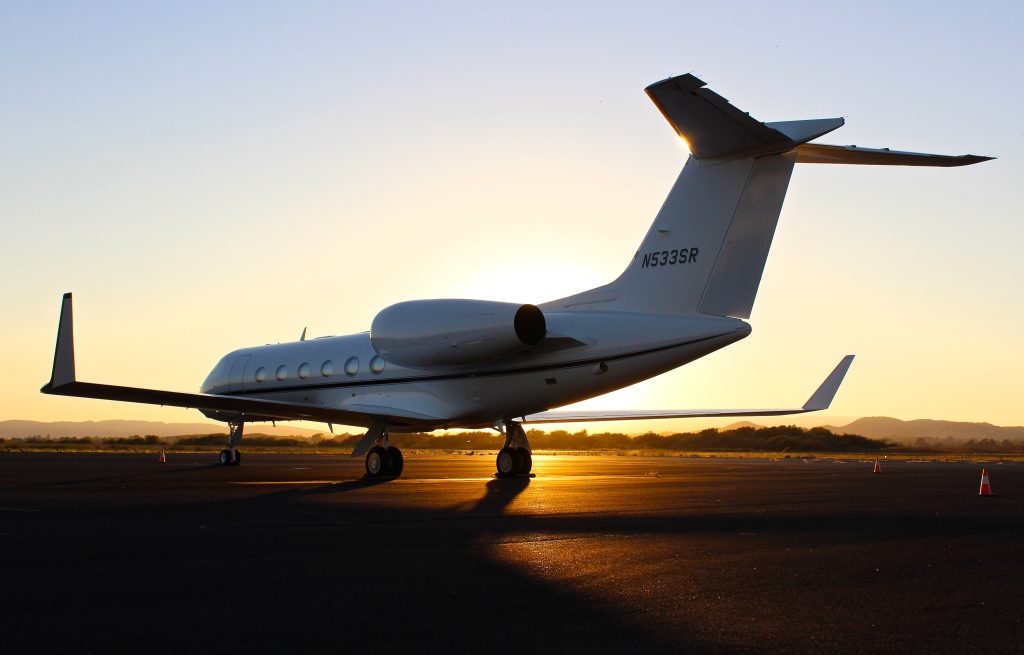- To gain clarity, you must research and understand the various types of licenses and ratings required for piloting.
- Find an aviation school that meets your requirements and fits within your budget.
- You need to get approval from a doctor approved by the Federal Aviation Administration (FAA) before proceeding.
- Attend ground school courses to gain knowledge about aviation concepts.
Piloting an airplane is a dream many of us have had since childhood. But becoming a pilot isn’t as simple as just wanting it badly enough; there are steps you need to take and certain requirements that must be met to make your dream come true. If you’re serious about achieving your goal, here are some tips for aspiring pilots who want to earn their wings.
Understand and commit to the requirements
Understanding and committing to the requirements of becoming a pilot is the first step to achieving your dream. Here are some tips to help you start:
Research different types of licenses and ratings

Aspiring pilots need to have vast knowledge about the different types of licenses and ratings needed to succeed in their careers. The licenses and ratings are certificates enabling a pilot to fly a specific aircraft type.
There are several types of licenses and ratings such as private pilot license, commercial pilot license, and air transport pilot license. Ratings may include instrument ratings, multi-engine ratings, and type ratings. Proper research is needed to obtain knowledge about the purpose of each one and what is required to attain each license or rating.
This research is necessary for pilots to achieve their goals and compete in the field adequately. Understanding the licensing and rating process puts aviation experts on the right track to success.
Find an aviation school suited to your needs and budget
Finding an aviation school that offers a pilot training program suited to one’s needs and budget is crucial to achieving the dream of becoming a pilot. With so many options available in the market, proper research and consideration are essential.
It’s crucial to assess the school’s reputation, accreditation, safety records, facilities, and fleet of aircraft. In addition, aspiring pilots must check the instructor’s credentials, experience, and teaching methods.
To determine if the program fits its budget, future pilots must evaluate the costs, including the tuition fee, aircraft rental fees, and living expenses. Indeed, finding the right aviation school is a significant step towards achieving one’s dream and setting up the foundation of one’s career as a pilot.
Get medical clearance from an FAA-approved doctor

Getting medical clearance from an FAA-approved doctor is crucial for anyone pursuing flying lessons. This process involves thoroughly evaluating the individual’s medical history, including any pre-existing conditions that may pose a risk to flying.
An FAA-approved doctor is a specially trained medical professional who understands aviation’s unique requirements and demands. The importance of this clearance cannot be overstated as it ensures that the individual is fit to fly and will not compromise their safety or the safety of others in the air.
Factors such as hearing, vision, and cardiovascular health are carefully assessed to ensure they meet the standards set by the FAA. Without proper medical clearance, aspiring pilots may find themselves grounded and unable to pursue their passion.
Start with ground school courses
Before taking flight lessons in the cockpit, beginning with ground school courses is crucial. These courses, including aerodynamics, navigation, and regulations, are designed specifically to familiarize future pilots with the intricate systems of aviation.
Ground school courses teach aspiring pilots the science behind the flight with theoretical studies, air regulations, and map reading, among others. By understanding aviation principles and themes, aspiring pilots can better recognize what is happening around them while flying.
This knowledge helps pilots, when the time comes, to soar confidently on their first solo flights. Additionally, mastering ground school courses is critical to a pilot’s confidence. Understanding the essentials strengthens a pilot’s knowledge and ultimately enables him or her to take the right decisions in the cockpit.
Practice using flight simulators or computer programs
Flight simulators and computer programs have become valuable tools for pilots preparing for real-life scenarios. This practice involves creating a simulated environment that mimics the conditions of a typical flight.
Using flight simulators and computer programs is a cost-effective approach to training aspiring and experienced pilots. With this technology, pilots can practice various maneuvers, emergencies, and challenging scenarios without endangering themselves or anyone else.
Additionally, it allows pilots to familiarize themselves with cockpit operations and navigation tools. Properly utilizing these tools is essential for a safe and successful flight within a dynamic and complex environment. By mastering simulated scenarios, pilots can confidently tackle any real-life situation that may arise during their flight.
Take advantage of every opportunity
As an aspiring pilot, one must take every chance presented during each lesson to improve their skills. Even if it means extra practice at no additional cost, it is crucial to seize every opportunity to advance one’s aviation knowledge.
Consistency in practice can strengthen a student’s abilities and provide a better understanding of complex concepts. Taking advantage of every opportunity presented during each lesson can demonstrate a student’s dedication and willingness to learn from instructors.
In the aviation industry, being proactive and determined are valuable traits that can contribute to a pilot’s success. With a clear focus on improvement and attention to detail, students can reach their goals and become successful pilots.
These are just some tips for aspiring pilots looking to earn their wings. While the process may seem overwhelming, anything is possible with enough dedication and hard work.



